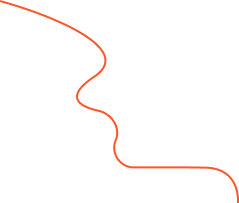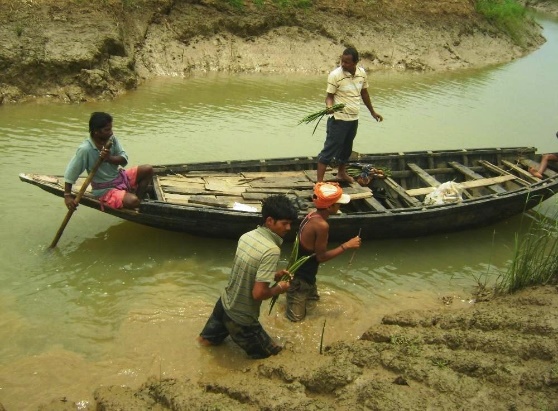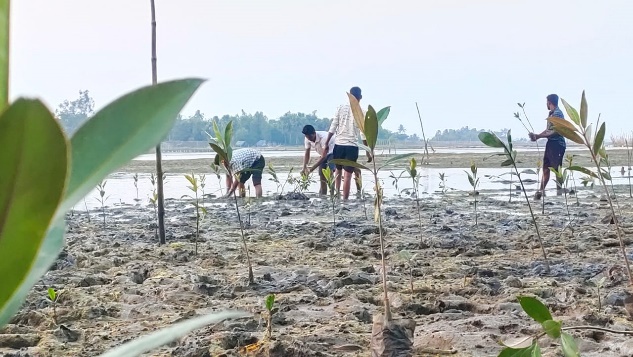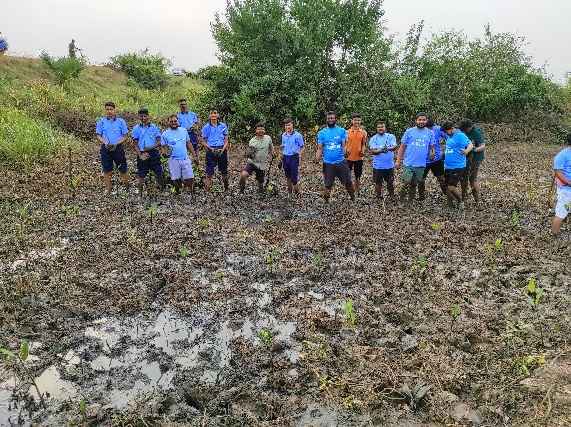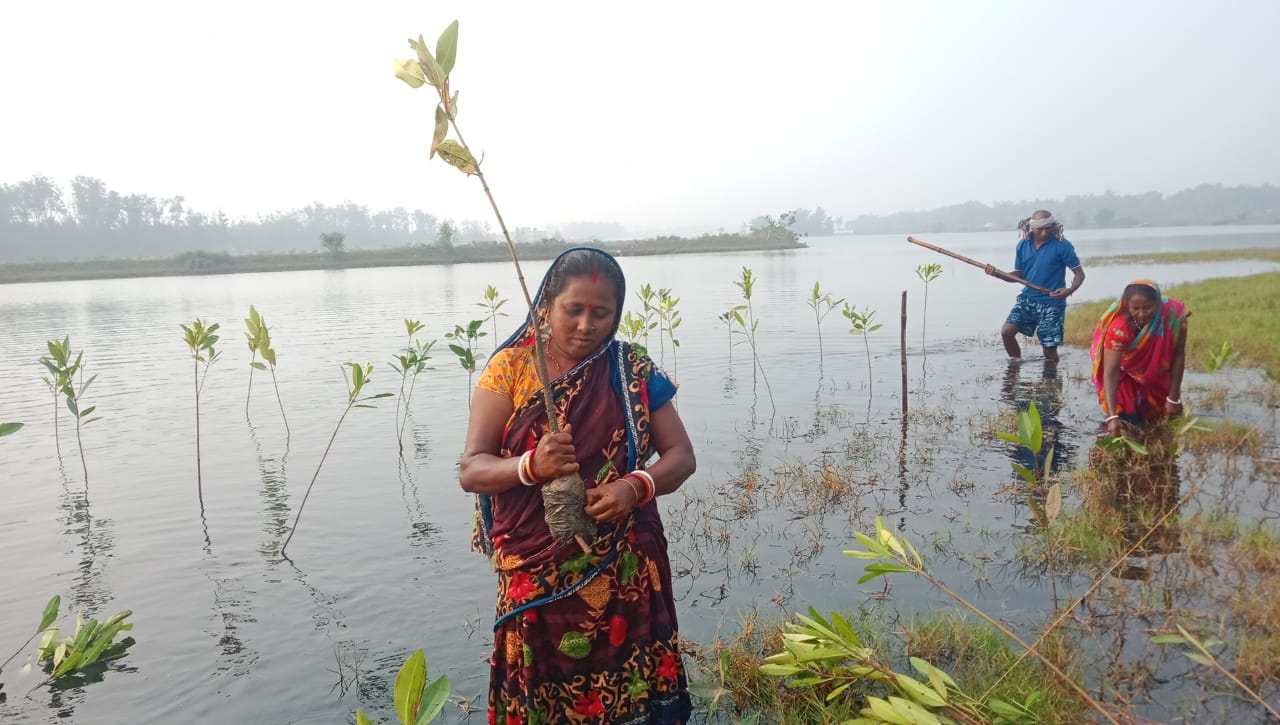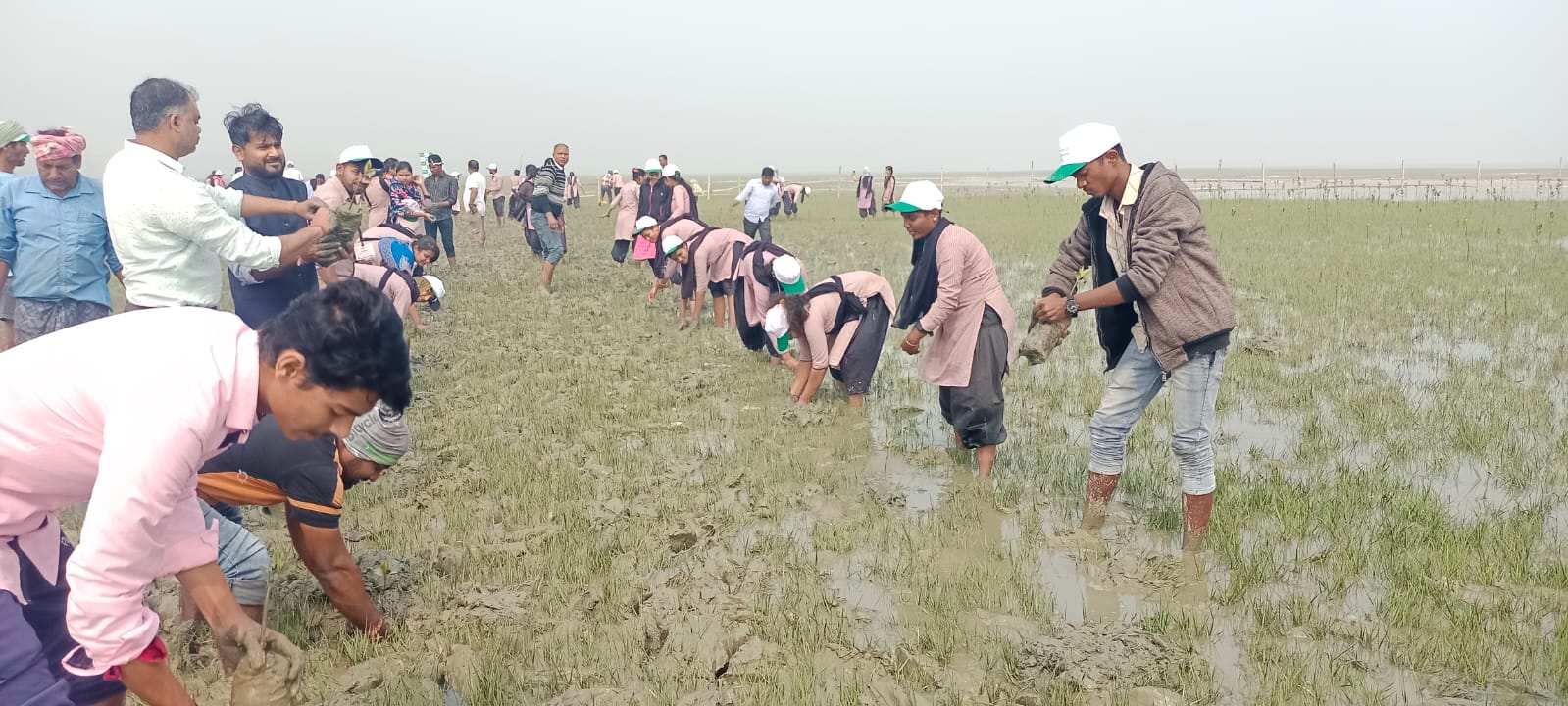-
-
Bhubaneswar,Odisha
-
www.cercafoundation.org
About Us
Contrary to popular belief, Lorem Ipsum is not simply random text. It has roots in a piece of classical Latin literature from 45 BC, making it over 2000 years old.
Get a free quote
Contact Info
- 102, Indraprastha colony phase-2, Pokhariput, Bhubaneswar,Odisha, 751020
- cerca.india@gmail.com

